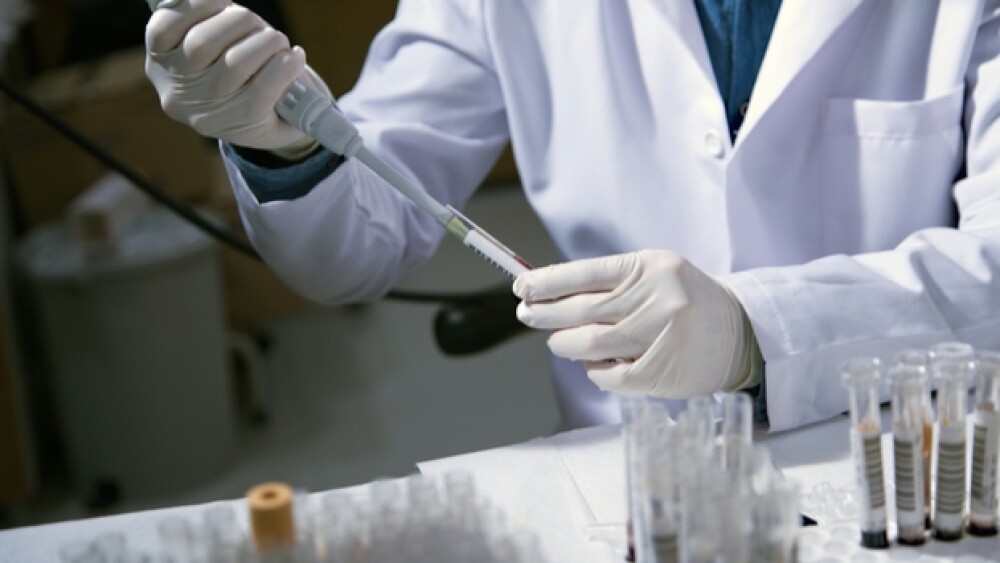Researchers with the University of Alberta recently identified a unique biological marker for myasthenia gravis that might be used for a diagnostic test and to predict the course of the disease. It may also have implications for defining more personalized treatments.
Myasthenia gravis is a rare disease marked by weakness and fatigue in any muscles under voluntary control. Symptoms include weakness of the arms and legs, double vision, drooping eyelids, and problems with speech, chewing, swallowing and breathing. There is no cure. At its most severe it can affect breathing and swallowing, and can be fatal.
It is an autoimmune disease, where the body’s antibodies attack or destroy muscle receptor sites for the neurotransmitter acetylcholine. Diagnosis is largely through a physical and neurological examination, although there are a variety of other tests, such an edrophonium test and antibody blood tests. It affects about one in 5,000 people, mostly women under 40 or men over 60.
Researchers with the University of Alberta recently identified a unique biological marker for myasthenia gravis that might be used for a diagnostic test and to predict the course of the disease. It may also have implications for defining more personalized treatments.
A research group led by neurologist Zaeem Siddiqi and graduate student Derrick Blackmore compared the blood serum from patients with myasthenia gravis to a healthy control group. They then did the same comparison on serum from myasthenia patients to serum from rheumatoid arthritis patients. Rheumatoid arthritis is also an autoimmune disease.
They conducted what is known as metabolic analysis to identify a unique pattern of metabolites, i.e., products of the body’s metabolism, such as amino acids or antioxidants. They identified more than 10,000 molecules in the samples. Analyzing them, they identified a unique pattern of 12 metabolites found only in the myasthenia gravis patients.
“This is really important because now we have a way to easily separate a patient with myasthenia gravis from someone with rheumatoid arthritis or another autoimmune disease,” said Siddiqi. “What’s more, now we’re able to explore how those 12 metabolites change in mild, moderate or severe cases so we can make this biomarker more robust and more effective for predicting the course of the disease and developing treatment plans.”
Siddiqi points out that current diagnosis of the disease only tells doctors if the patient has the disease or not. No biomarkers can reliably predict the course of myasthenia gravis or what the best therapeutic options might be.
“Finding the antibodies is good for diagnosis, but they do not tell us how the patient will react to a specific drug or which drug will be most effective,” Siddiqi said. “What we’re trying to do with this biomarker discovery is develop treatments specific to the needs of the patient, to have more precise management and to be able to more accurately predict the effects of the treatments.”
To that end, the research group hopes to study patients at different stages of the disease to attempt to identify how the metabolites behave or can be quantified to develop a test or panel of tests that can be used to more accurately diagnose and describe the disease.
The research was published in the journal Metabolomics.
Treatments for myasthenia gravis include cholinesterase inhibitors, corticosteroids, and immunosuppressants. At times, if there are sudden downturns, patients are treated with plasmapheresis to remove the overreactive antibodies, intravenous immunoglobulin, and monoclonal antibody drugs such as Genentech and Biogen’s Rituximab (Rituxan) and Alexion’s Soliris (eculizumab). In some cases, myasthenia gravis is related to a tumor in the thymus gland, which can be surgically removed.





